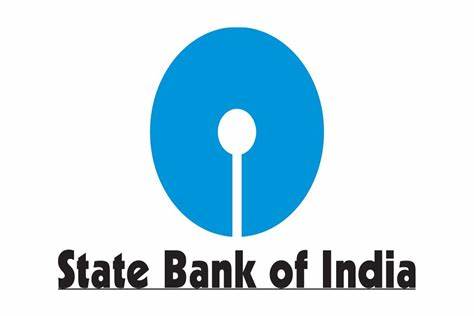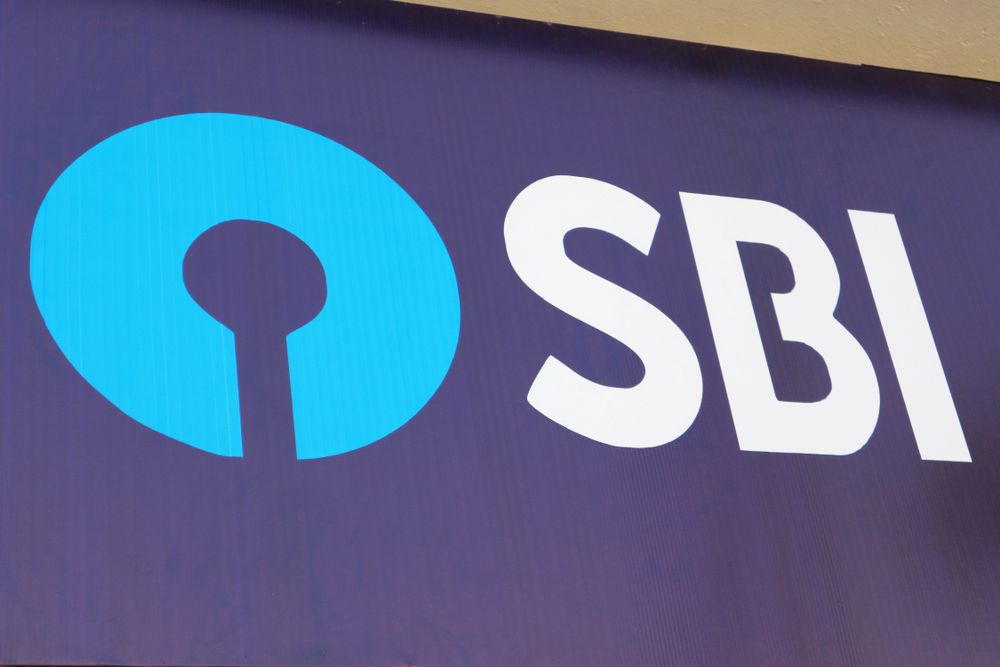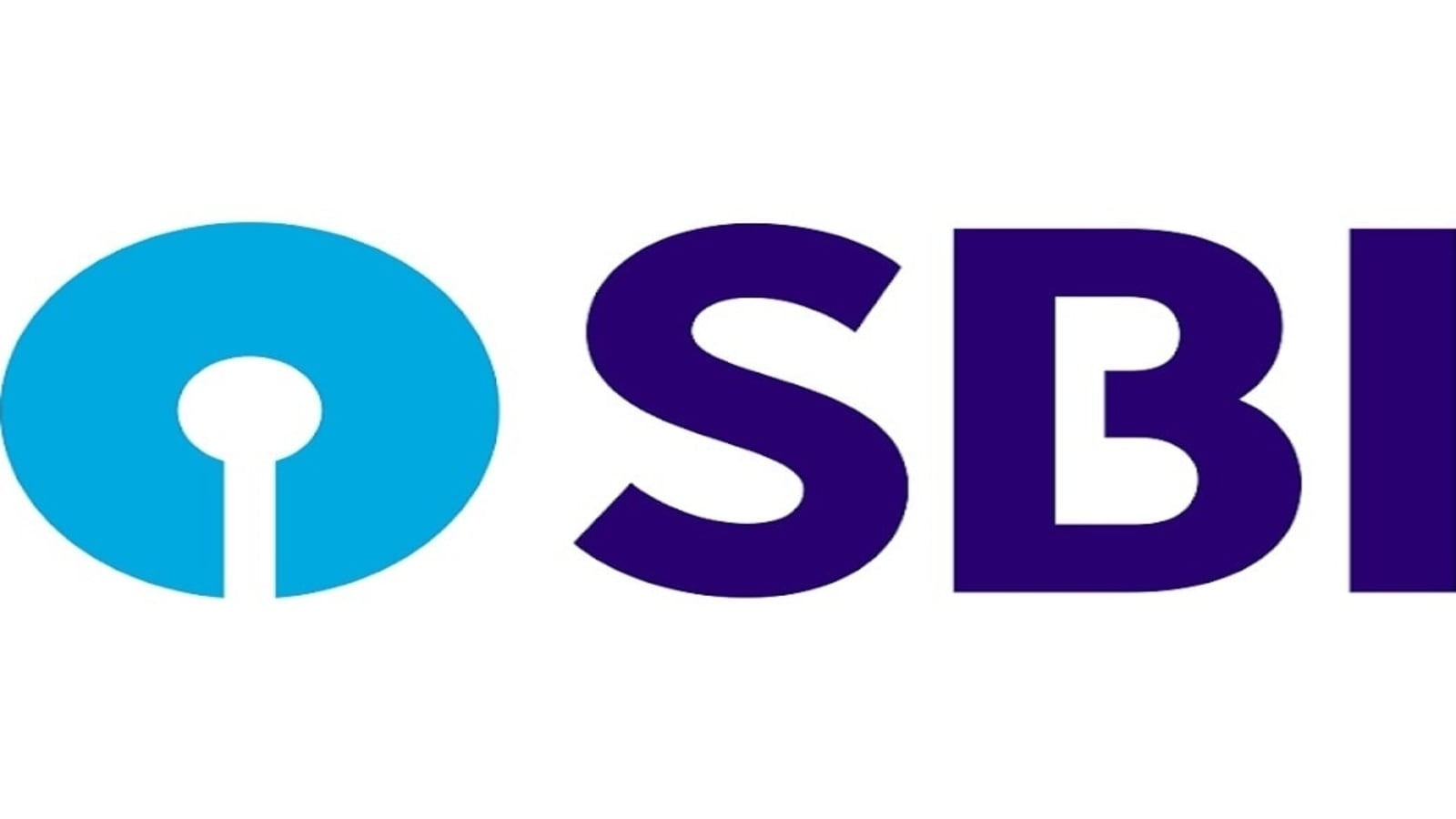SBI hikes lending rate by 5 bps across tenures effective July 15

SBI hikes lending rate by 5 bps across tenures effective July 15
On July 14, the State Bank of India (SBI) raised its marginal cost of funds-based lending rate (MCLR) by 5 basis points (bps). The revised MCLR rates took effect from July 15.
According to the details provided on SBI’s website, the lending rates based on MCLR will now vary between 8 percent and 8.75 percent. These revised rates will be utilized to determine the interest rates on different types of loans offered by SBI, including home loans, car loans, and personal loans.

The MCLR is a benchmark rate used by banks in India to set lending rates for different loan products. It is influenced by factors such as the cost of funds, the repo rate set by the Reserve Bank of India (RBI), and market conditions.
By increasing the MCLR, SBI is adjusting its lending rates upward. This may impact the interest rates that borrowers will have to pay on their loans. Customers of SBI are advised to refer to the bank’s official communication channels or consult with SBI directly for specific details about the revised interest rates applicable to their loan products.

It’s important to note that changes in lending rates by banks can be influenced by various factors, including market conditions, the cost of funds, and the monetary policy decisions of the RBI. Therefore, customers should stay informed about any changes and consult with their respective banks for the most accurate and up-to-date information on lending rates.
MCLR is the benchmark rate used by banks to determine the interest rates on loans, and it is typically revised periodically based on various factors, including the cost of funds for the bank and prevailing market conditions. The increase in the MCLR indicates a marginal upward adjustment in the lending rates of SBI.
Customers of SBI should consult with the bank or refer to its official communication channels for specific details and information regarding the revised lending rates applicable to different loan products and tenure options.
MCLR (Marginal Cost of Funds-Based Lending Rate) is a reference rate used by banks in India to determine the minimum lending rates for various loan products. It is not the basic minimum rate at which a bank can offer loans, but rather a benchmark rate that banks use to calculate the interest rates on loans.
On March 15, SBI had increased its benchmark prime lending rate (BPLR) by 70 basis points. The BPLR is an internal reference rate set by banks for their prime borrowers, and it serves as a basis for determining the interest rates on different loan products.
The recent announcement of the MCLR hike by SBI comes after the Reserve Bank of India (RBI) decided to keep the repo rate unchanged at 6.50 percent. The repo rate is the rate at which the RBI lends short-term funds to commercial banks.
Banks adjust their lending rates, including MCLR and BPLR, based on various factors such as their cost of funds, market conditions, and monetary policy decisions by the RBI. These adjustments help banks align their lending rates with prevailing market conditions and manage their lending portfolios.
Customers should contact SBI or refer to the bank’s official communication channels for accurate and up-to-date information on the revised lending rates applicable to their specific loan products.
Since May, the Reserve Bank of India (RBI) has implemented multiple interest rate hikes totaling 225 basis points (bps) to address inflationary pressures. One basis point represents one hundredth of a percentage point.
The increase in lending rates is considered a ripple effect of the rate hikes implemented by the RBI’s Monetary Policy Committee since the middle of the previous year. These hikes were aimed at controlling inflation.
In June 2023, while announcing the decision to maintain the repo rate (the rate at which the RBI lends short-term funds to commercial banks) unchanged, Governor Shaktikanta Das indicated that the central bank remains vigilant and will respond based on incoming data.
Although the RBI’s rate-tightening cycle is mostly concluded, economists suggest that the rate-setting panel is likely to maintain a pause on further rate hikes for the remainder of the year. There is a possibility of a rate cut if inflation shows sustained easing on a consistent basis.
The RBI’s monetary policy decisions are based on an assessment of various economic factors, including inflation, growth, and liquidity conditions. The central bank aims to strike a balance between supporting economic growth and managing inflation within a target range.
Economists and market participants closely monitor the policy actions and statements of the Reserve Bank of India (RBI) to gain valuable insights into the central bank’s outlook on interest rates and its approach to managing the economy. The RBI plays a critical role in shaping monetary policy in India and maintaining price stability.
By carefully observing the RBI’s policy actions, such as changes in key interest rates like the repo rate, market participants can anticipate the direction of monetary policy and its potential impact on the economy. Interest rates have significant implications for borrowing costs, investment decisions, and overall economic activity.
The RBI’s statements and communication provide valuable clues about its assessment of economic conditions, inflationary pressures, growth prospects, and liquidity in the financial system. The central bank closely analyzes various economic indicators, such as GDP growth, inflation rates, employment data, and fiscal developments, to formulate its policies.
Monitoring the RBI’s statements allows economists and market participants to gain insights into the central bank’s policy stance and its strategies for achieving its objectives. This includes assessing the RBI’s emphasis on inflation targeting, maintaining financial stability, promoting economic growth, and managing liquidity in the banking system.
The reactions of financial markets to the RBI’s policy decisions and statements also provide valuable information about market expectations and sentiment. Market participants analyze the impact of policy changes on interest rates, bond yields, exchange rates, and stock prices, among other indicators.
Overall, closely monitoring the RBI’s policy actions and statements is crucial for economists, investors, and businesses as it helps them make informed decisions, understand the direction of monetary policy, and navigate the opportunities and risks in the Indian economy.



